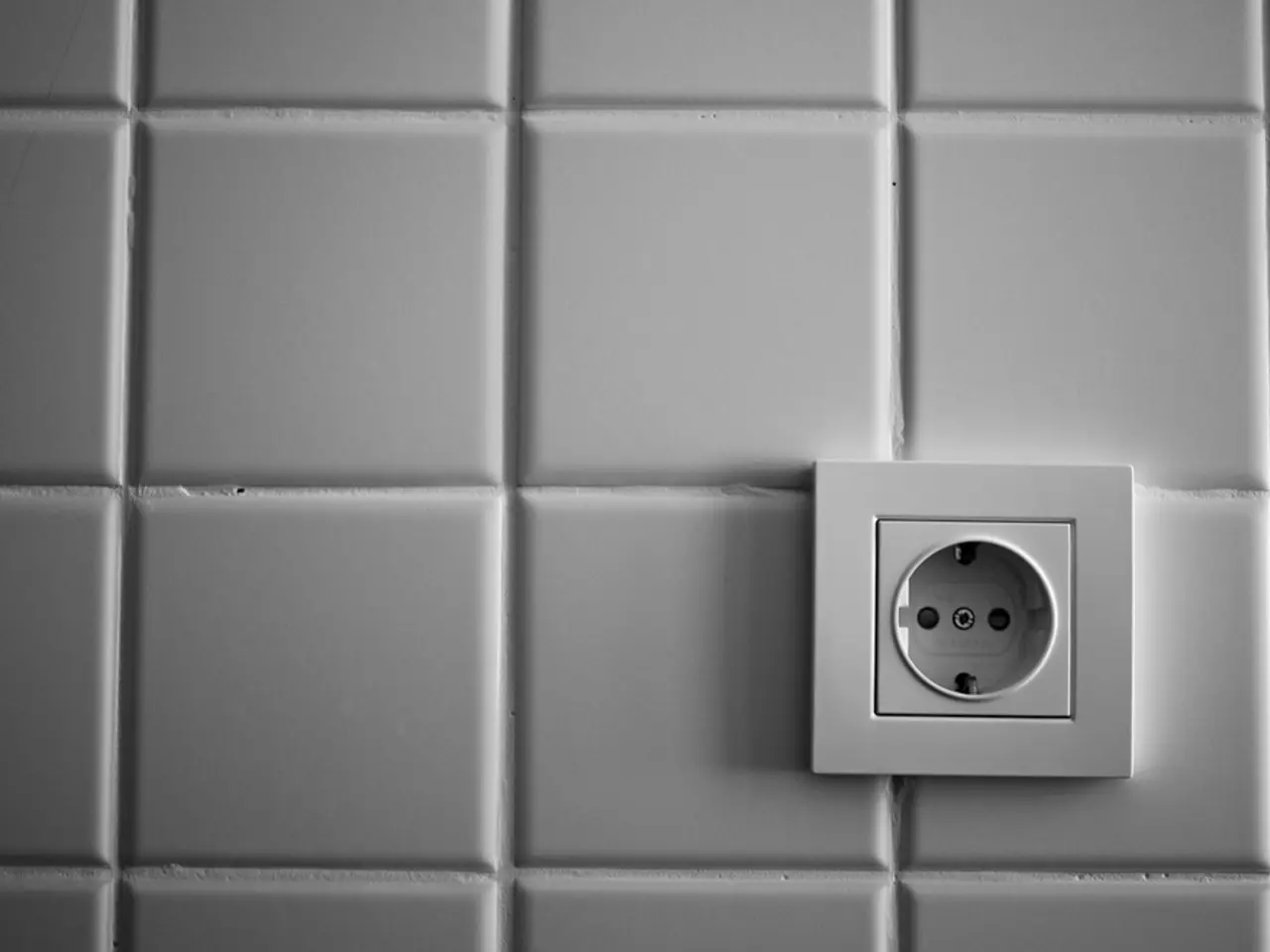Preventing Dry Socket: Symptoms, Treatment, and When to Seek Medical Assistance
Following a tooth extraction, it is crucial to take proper care to prevent a common complication known as dry socket. Here are some essential aftercare tips to help you ensure a smooth healing process.
Firstly, **avoid using straws** for at least 7 to 10 days following the extraction. The suction created by using a straw can dislodge the protective blood clot that forms in the socket, increasing the risk of dry socket.
Secondly, **do not smoke or use any tobacco products** for at least 24 hours after the extraction. Smoking is a major risk factor for dry socket, as it can interfere with healing and clot stability.
Thirdly, **rest and avoid strenuous activities** that increase blood pressure or cause trauma to the healing site. This helps prevent bleeding and protects the clot.
To maintain good oral hygiene, **eat soft foods** such as yogurt, mashed potatoes, and applesauce. Avoid crunchy, spicy, salty, sticky, or hard foods that might disturb the socket or get stuck in it.
Maintain gentle oral hygiene by keeping your mouth clean but avoiding vigorous rinsing or brushing near the extraction site. Your dentist might recommend a gentle prescribed mouthwash or saltwater rinses to reduce infection risk without disturbing the clot.
Avoid hot or carbonated beverages and sugary, caffeinated, or alcoholic drinks as they might irritate the wound and slow healing. If you are on hormonal birth control, consult your dentist, as hormones can affect blood clotting and increase dry socket risk.
Use pain medication as directed for discomfort and contact your dentist if you experience severe or persistent pain, swelling, redness, or fever, as these could indicate dry socket or infection.
In the treatment of dry socket, a medicated dressing can be placed over the socket to protect it and promote healing. Irrigation of the extraction site can be used to remove food and debris.
Some symptoms of dry socket include a bad taste coming from the socket, an unpleasant smell from the empty socket, pain that radiates to the rest of a person's face, aching or throbbing pain in the gum or jaw similar to severe toothache, and exposed bone at the site of the extraction.
It is important to note that dry socket occurs in about 1-5% of all tooth extractions and 38% of wisdom tooth extractions. If you experience fever, nausea, vomiting, pus from the extraction site, ongoing severe pain, persistent bleeding, or ongoing swelling after a tooth removal, these symptoms may indicate an infection instead of dry socket.
In conclusion, the key to preventing dry socket is protecting the blood clot in the socket from dislodgement and maintaining a clean, undisturbed healing environment. Always follow your dentist's aftercare instructions, and if you have any concerns, do not hesitate to contact your dentist.
Aq, science and health-and-wellness have come together to reveal that oral health is crucial in preventing complications like dry socket after dental procedures. For instance, ulcerative colitis might increase the risk of dry socket during tooth extractions. To help predict and avoid this condition, one should avoid using straws, smoking or using tobacco products, and partake in strenuous activities for the recommended time after extraction. Maintaining a soft diet, gentle oral hygiene, and using prescribed mouthwash or saltwater rinses can also aid in reducing infection risk without disturbing the clot. In the event of dry socket symptoms such as a bad taste in the mouth, radiating pain, exposed bone, or persistent pain, contact your dentist immediately.




